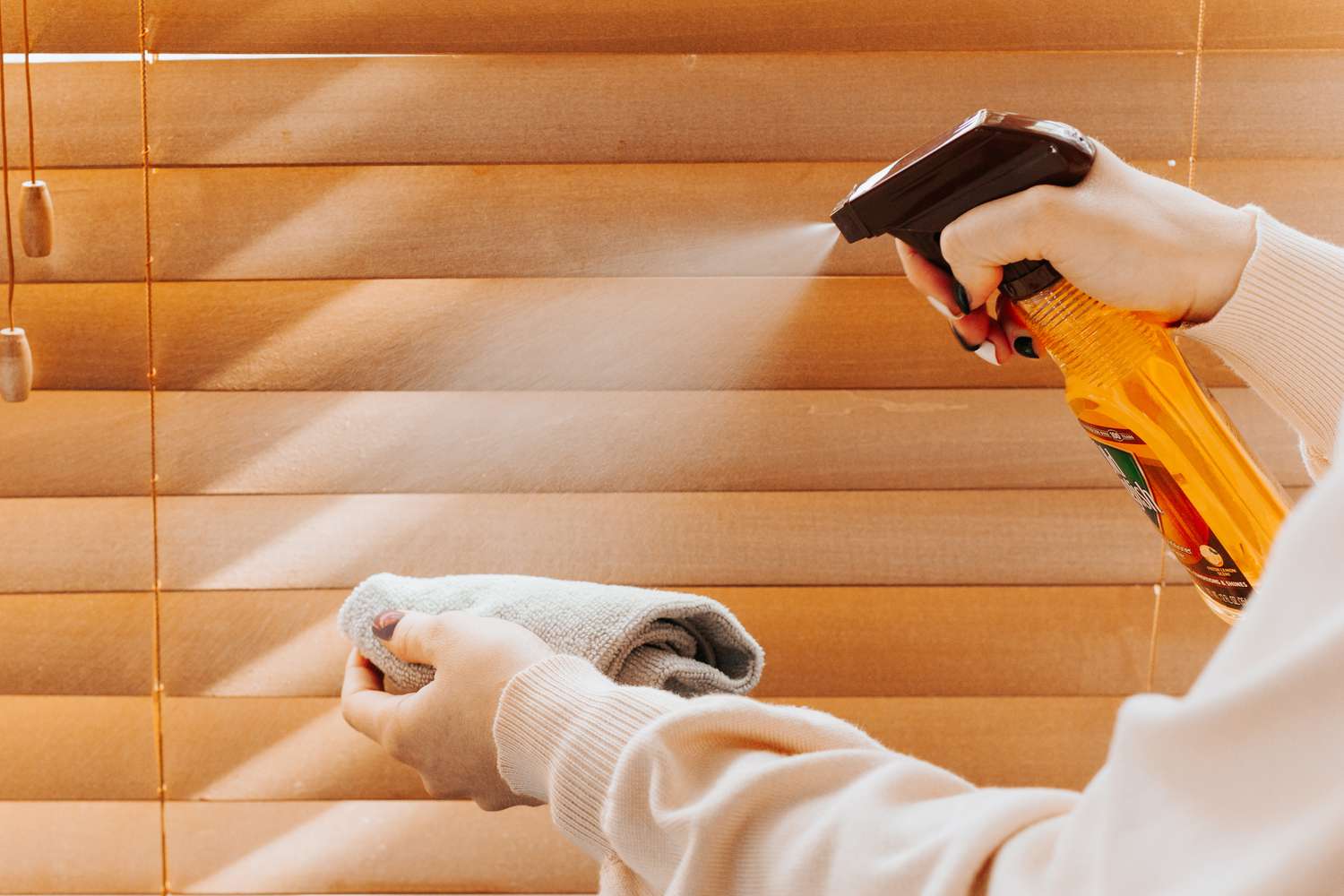

Articles
How To Clean Greasy Blinds
Modified: January 9, 2024
Discover the best articles on how to effectively clean greasy blinds and keep them looking fresh and spotless. Learn the expert tips and tricks to remove stubborn grease and restore your blinds to their original shine.
(Many of the links in this article redirect to a specific reviewed product. Your purchase of these products through affiliate links helps to generate commission for Storables.com, at no extra cost. Learn more)
Introduction
Blinds are a popular choice for window coverings, providing both style and functionality to any room. However, over time, blinds can accumulate dust, grime, and even greasy residue, making them appear dirty and dull. Cleaning greasy blinds may seem like a daunting task, but with the right materials and techniques, you can easily restore their shine and beauty.
In this article, we will guide you through a step-by-step process on how to clean greasy blinds effectively. You will learn how to prepare the area, vacuum the blinds, create a cleaning solution, clean the blinds, and finally, dry and rehang them. By following these simple steps, you can remove the stubborn grease and give your blinds a fresh, clean look.
Before we dive into the cleaning process, let’s gather the materials you’ll need:
- Clean, soft microfiber cloths
- Dish soap or mild detergent
- Vinegar or lemon juice
- Bucket or large bowl
- Vacuum cleaner with a brush attachment
- Lint-free towel or drying rack
With these materials on hand, you’re ready to begin cleaning your greasy blinds and restoring their original beauty. So, let’s get started!
Key Takeaways:
- Easily restore the shine and beauty of your greasy blinds by following a step-by-step cleaning process using simple materials like microfiber cloths, dish soap, and vinegar. Enjoy a fresh, clean look with thorough cleaning and proper drying techniques.
- Prepare the area, vacuum the blinds, create a gentle cleaning solution, and take your time cleaning each slat to effectively remove greasy residue. Properly dry and rehang the blinds for a refreshed and appealing window covering.
Read more: How To Clean Shutter Blinds
Materials Needed
Before you start cleaning your greasy blinds, gather the following materials:
- Clean, soft microfiber cloths: These cloths are gentle on the blinds and will help remove grease and grime without scratching or damaging them.
- Dish soap or mild detergent: Choose a gentle dish soap or mild detergent that is safe for the material of your blinds. Avoid using harsh chemicals or abrasive cleaners, as they can cause discoloration or damage.
- Vinegar or lemon juice: These natural cleaners are effective in cutting through grease and removing stubborn stains. Vinegar works well for most types of blinds, while lemon juice is especially useful for removing odors.
- Bucket or large bowl: You’ll need a container to mix your cleaning solution in. A bucket or large bowl will suffice.
- Vacuum cleaner with a brush attachment: A vacuum cleaner with a brush attachment is ideal for removing loose dirt, dust, and debris from your blinds before cleaning them.
- Lint-free towel or drying rack: Once you’ve cleaned your blinds, you’ll need a lint-free towel or a drying rack to dry them properly before rehanging.
Having these materials ready will ensure that you have everything you need to effectively clean your greasy blinds. Now that you’re equipped with the necessary supplies, let’s move on to the step-by-step cleaning process.
Step 1: Prepare the Area
Before you start cleaning your greasy blinds, it’s important to prepare the area to avoid any unnecessary mess or damage. Follow these steps to ensure a smooth and efficient cleaning process:
- Clear the space: Remove any furniture, decorative items, or obstacles that may obstruct your access to the blinds. This will make it easier to maneuver and clean them thoroughly.
- Lay down a drop cloth or old sheets: Place a drop cloth or old sheets on the floor underneath the blinds to catch any drips or debris that may fall during the cleaning process. This will protect your floor or carpet from getting dirty or stained.
- Close the blinds: Close the blinds completely to create a flat surface for cleaning. This will make it easier to remove the grease and grime that has accumulated.
- Protect your hands: Consider wearing gloves to protect your hands from any harsh chemicals or dirt that may be present on the blinds. This will also prevent your natural oils from transferring to the blinds and making them greasier.
By preparing the area beforehand, you’ll have a clean and organized space to work with. This will make the cleaning process more efficient and help you achieve the best results. Now that the area is ready, let’s move on to the next step: vacuuming the blinds.
Step 2: Vacuuming the Blinds
Before diving into the actual cleaning process, it’s important to remove any loose dirt, dust, and debris from your blinds. Vacuuming the blinds will help eliminate surface particles, making it easier to clean the greasy residue later on. Follow these steps to effectively vacuum your blinds:
- Attach a brush attachment: Start by attaching a brush attachment to your vacuum cleaner. This will help prevent any scratches or damage to the blinds while ensuring thorough cleaning.
- Close the blinds: Close the blinds completely to create a flat surface for vacuuming. This will allow you to reach all the nooks and crannies of the blinds more easily.
- Start from the top: Begin vacuuming from the top of the blinds and work your way down. Use gentle, sweeping motions to remove dust and debris. Pay close attention to the crevices and corners where dirt can accumulate.
- Switch directions: To ensure comprehensive cleaning, switch directions and vacuum the blinds from side to side. This will help remove any remaining dirt or particles that may have been missed.
- Repeat if necessary: If the blinds are especially dirty or if you notice a significant amount of dirt being collected by the vacuum, you may need to repeat the process to ensure thorough cleaning.
Vacuuming the blinds is an essential step in the cleaning process as it removes loose dirt and debris, making it easier to tackle the greasy residue. Once you’ve completed this step, you’re ready to move on to creating the cleaning solution. Let’s proceed to the next step!
Mix equal parts of white vinegar and water in a spray bottle. Spray the solution onto the greasy blinds and wipe them down with a microfiber cloth. This will help to cut through the grease and leave your blinds clean and streak-free.
Step 3: Creating the Cleaning Solution
Once you have vacuumed the blinds to remove loose dirt and debris, it’s time to prepare a cleaning solution that will effectively cut through the greasy residue. Follow these steps to create the perfect cleaning solution:
- Fill a bucket or large bowl with warm water: Start by filling a bucket or large bowl with warm water. The water should be of a comfortable temperature, not too hot or too cold.
- Add dish soap or mild detergent: Add a small amount of dish soap or mild detergent to the warm water. Mix it gently until it creates a soapy solution. Use a gentle dish soap that won’t be harsh on your blinds.
- Optional: Incorporate vinegar or lemon juice: If you’re dealing with particularly stubborn grease or stains, you can add a small amount of vinegar or lemon juice to the soapy solution. The acidity of vinegar or lemon juice can help break down the grease and remove odors.
It’s important to note that the proportions of water, dish soap, and optional ingredients may vary depending on the specific cleaning needs of your blinds. If you’re unsure, start with a small amount of detergent and gradually adjust as needed.
Once you’ve created the cleaning solution, it’s time to move on to the next step: cleaning the blinds. Let’s tackle the greasy residue and restore the shine of your blinds!
Read more: How To Clean Outdoor Blinds
Step 4: Cleaning the Blinds
Now that you have prepared the cleaning solution, it’s time to tackle the greasy residue and give your blinds a thorough cleaning. Follow these steps to clean your blinds effectively:
- Dip a microfiber cloth in the cleaning solution: Take a clean, soft microfiber cloth and dip it into the cleaning solution. Make sure the cloth is damp, not dripping wet.
- Start from the top and work your way down: Begin cleaning the blinds from the top, moving in a downward motion. Gently wipe each slat of the blind, paying special attention to any areas with noticeable grease or grime.
- Use gentle pressure: Apply gentle pressure as you clean to avoid bending or damaging the slats. Allow the cleaning solution to work its magic on the greasy residue.
- Flip the cloth or change it as needed: As the cloth becomes dirty or saturated with grease, flip it over to a clean side or replace it with a fresh cloth. This will ensure that you’re not spreading the grease around or making the blinds dirtier.
- Take your time and be thorough: It’s important to take your time and be thorough while cleaning each slat of the blinds. Pay attention to the edges and corners where grease can accumulate. Repeat the process as necessary until all the greasy residue is removed.
If you encounter any stubborn stains or spots that the cleaning solution alone can’t remove, you can gently scrub them with a soft-bristled brush or a toothbrush. Be careful not to scrub too hard, as this may cause damage to the blinds.
Continue cleaning each slat of the blinds until you’ve covered the entire surface. Once you’re satisfied with the level of cleanliness, it’s time to move on to the final step: drying and rehanging the blinds.
Step 5: Drying and Rehanging the Blinds
After you’ve successfully cleaned the greasy residue from your blinds, it’s important to properly dry them before rehanging. Follow these steps to ensure that your blinds are completely dry and ready to be put back in place:
- Remove excess water: Using a clean, dry microfiber cloth, gently remove any excess water from the blinds. Start from the top and work your way down, wiping each slat to eliminate moisture.
- Let them air dry: Depending on the material and the environment, you may choose to let your blinds air dry naturally. If possible, hang them outside on a clothesline or drying rack. This will allow the blinds to dry thoroughly without the risk of moisture damage.
- Blot with a lint-free towel: If you’re unable to air dry your blinds, you can use a lint-free towel to carefully blot away any remaining moisture. Fold the towel and gently press it against each slat to absorb the water.
- Rehang the blinds: Once your blinds are completely dry, it’s time to rehang them. Carefully place each slat back into its respective position, ensuring that they are aligned and in the correct order.
- Check for any remaining smudges or streaks: Before considering the cleaning process complete, take a final look at the blinds to ensure that there are no smudges or streaks. If necessary, use a clean, dry microfiber cloth to gently buff out any remaining marks.
Once your blinds are dry and free from any smudges, you can enjoy their refreshed appearance and the improved ambiance in your space. Cleaning greasy blinds may require some time and effort, but the results are well worth it.
Remember, regular maintenance and periodic cleaning will help prevent excessive grease buildup on your blinds in the future. Dusting them regularly and using a microfiber cloth to wipe away any surface grease will help prolong the time between deep cleanings.
Congratulations! You have now successfully cleaned your greasy blinds and restored their beauty. By following these steps and maintaining a consistent cleaning routine, your blinds will continue to enhance your space for years to come.
Now sit back, relax, and enjoy your freshly cleaned blinds!
Conclusion
Cleaning greasy blinds may seem like a daunting task, but with the right materials and step-by-step process, it’s a task that can be easily accomplished. By following the guidelines outlined in this article, you can effectively remove greasy residue and restore the shine and beauty of your blinds.
Starting with the preparation of the area, clearing furniture and laying down protective coverings, you create a clean and organized space to work in. Vacuuming the blinds beforehand helps eliminate loose dirt and debris, making the cleaning process more efficient.
Creating a suitable cleaning solution is crucial for cutting through the greasy residue. With warm water, dish soap, and an optional addition of vinegar or lemon juice, you can create a powerful solution that will remove stubborn stains and odors.
When it comes to cleaning the blinds themselves, taking your time, using gentle pressure, and being thorough will ensure that every slat is free from grease and grime. Remember to switch cloths or sides, as needed, to avoid spreading dirt or making the blinds dirtier.
Once the cleaning is complete, proper drying is essential. Whether air drying or blotting with a lint-free towel, make sure the blinds are completely dry before rehanging to prevent moisture damage.
In conclusion, cleaning greasy blinds requires some effort and attention to detail, but the results are well worth it. Not only will your blinds look cleaner and more appealing, but you’ll also be creating a healthier living environment by removing built-up grease and dirt.
Remember to maintain regular cleaning routines to prevent excessive grease buildup and extend the lifespan of your blinds. By keeping them clean and free from greasy residue, you can continue to enjoy their functionality and aesthetic appeal for years to come.
So, roll up your sleeves, gather your materials, and give your blinds the deep cleaning they deserve. With these steps as your guide, you’ll have clean and stunning blinds that enhance the overall ambiance of your space.
Now go ahead and enjoy the fresh and gleaming look of your greasy-free blinds!
Frequently Asked Questions about How To Clean Greasy Blinds
Was this page helpful?
At Storables.com, we guarantee accurate and reliable information. Our content, validated by Expert Board Contributors, is crafted following stringent Editorial Policies. We're committed to providing you with well-researched, expert-backed insights for all your informational needs.

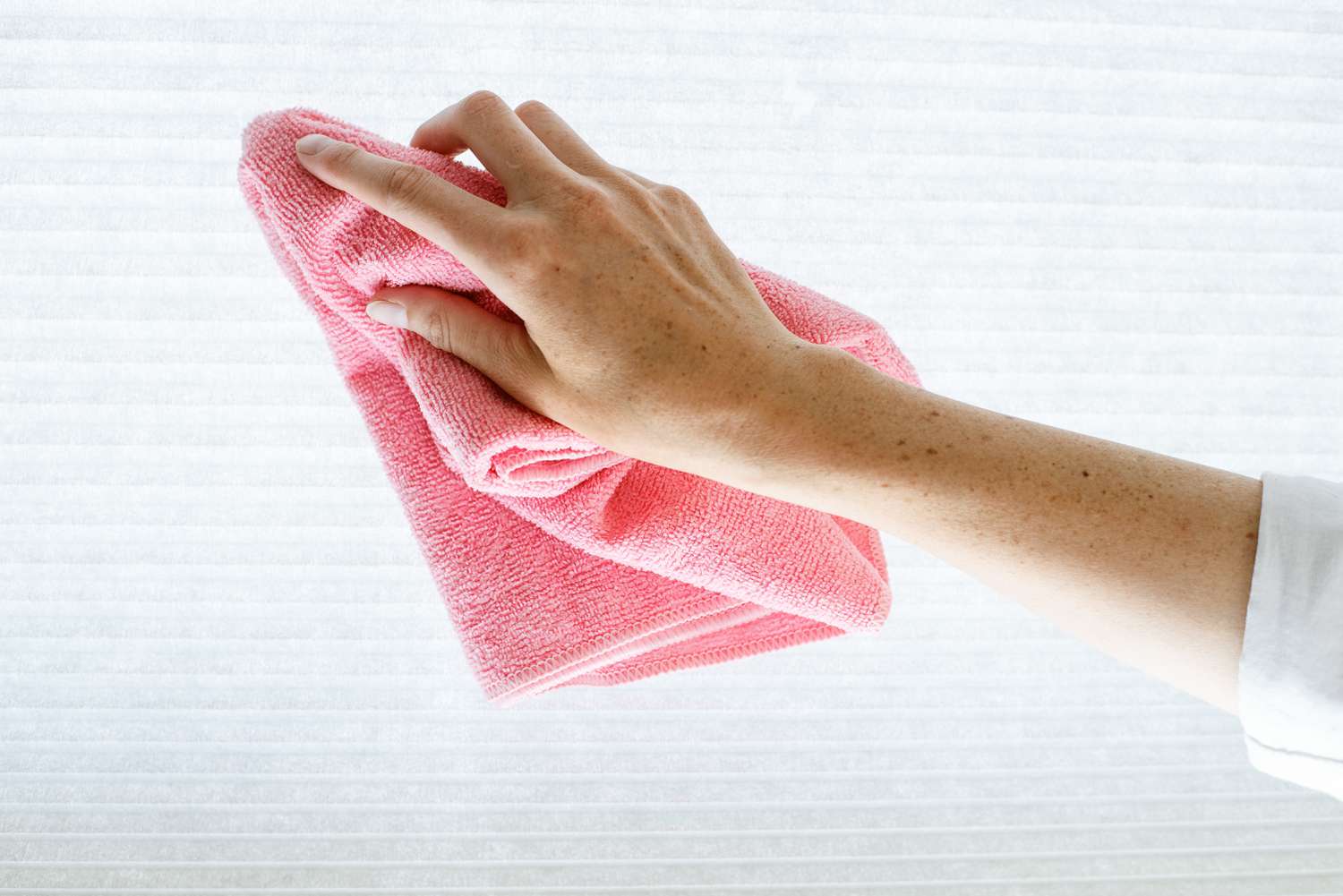
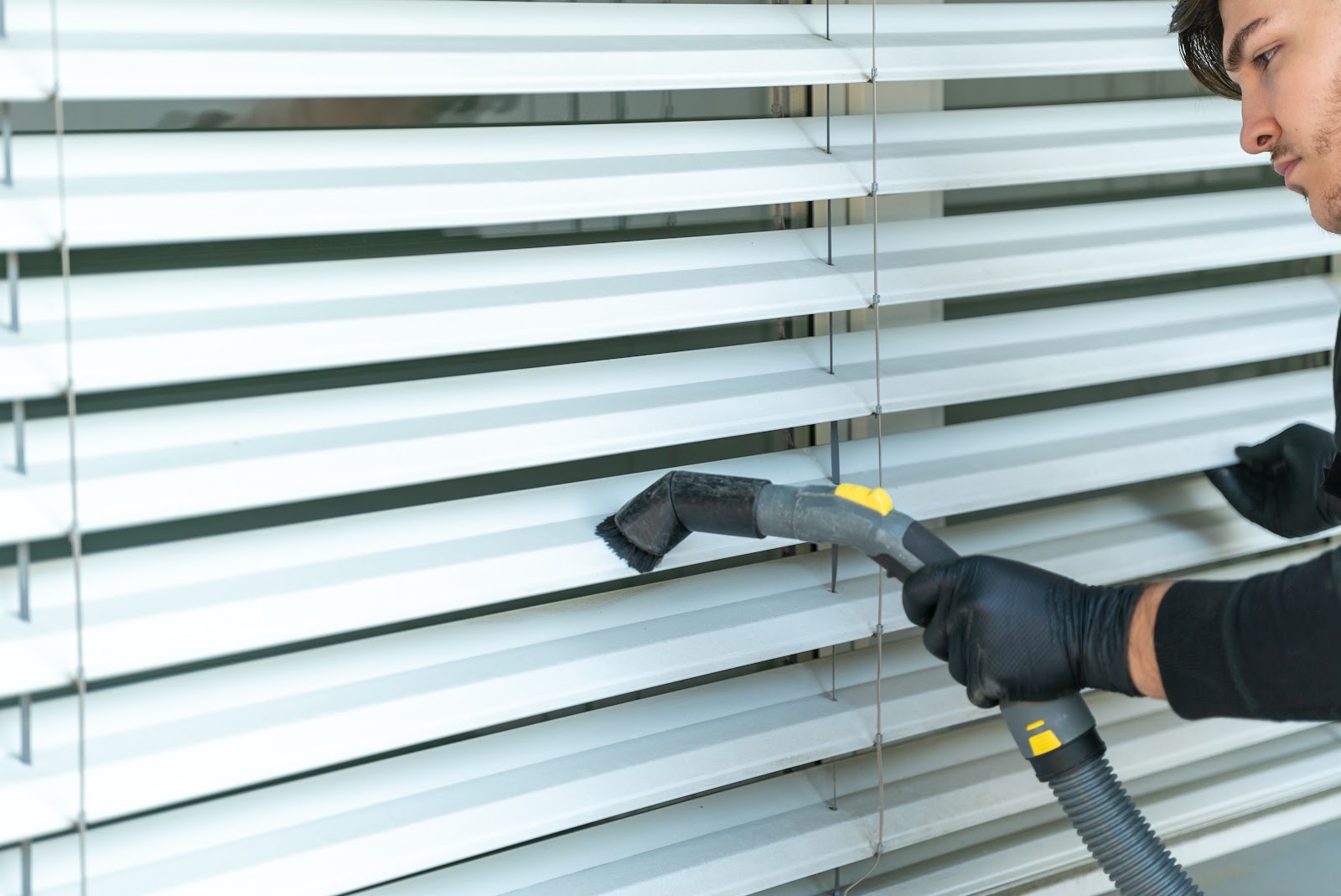
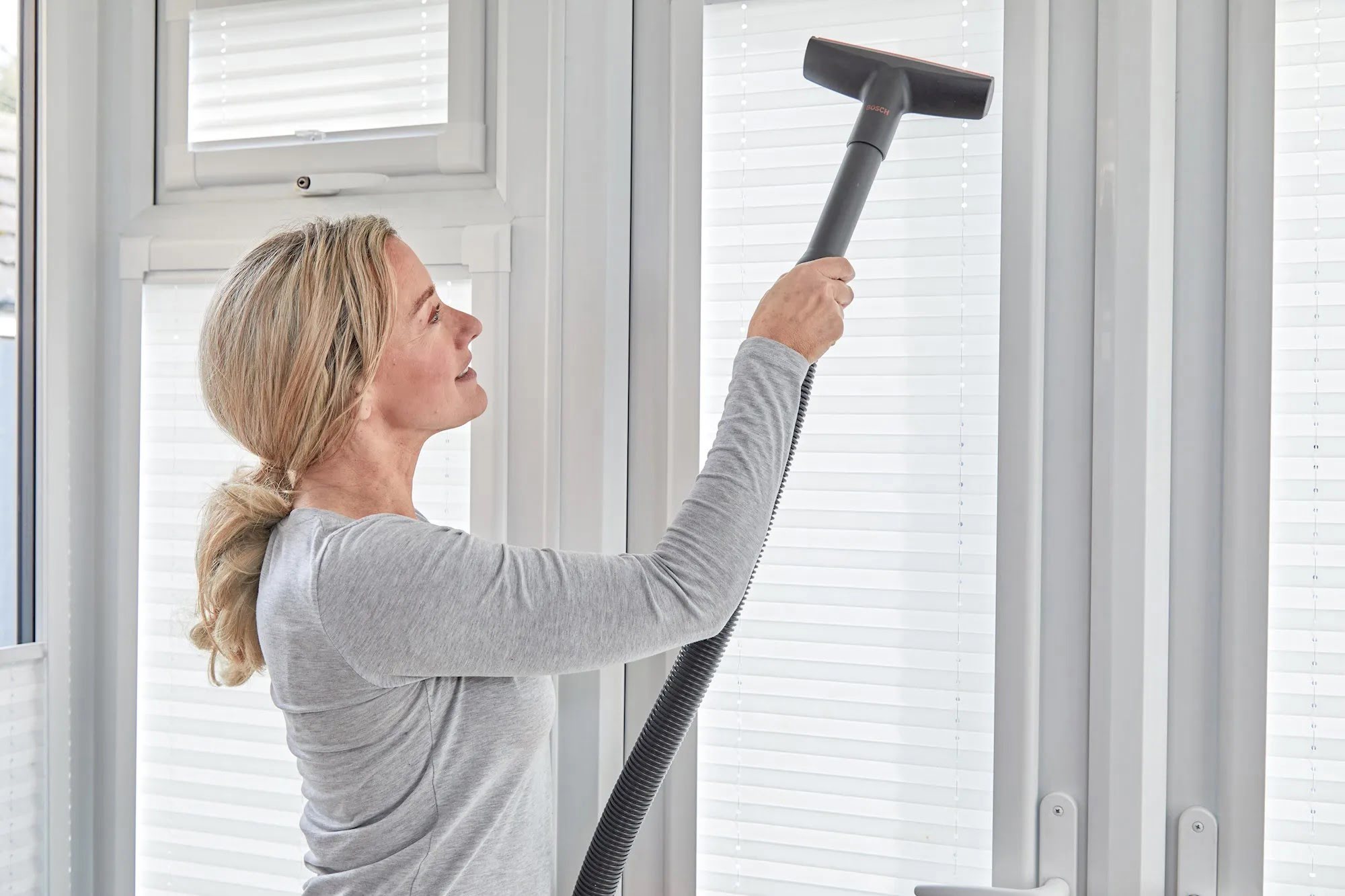
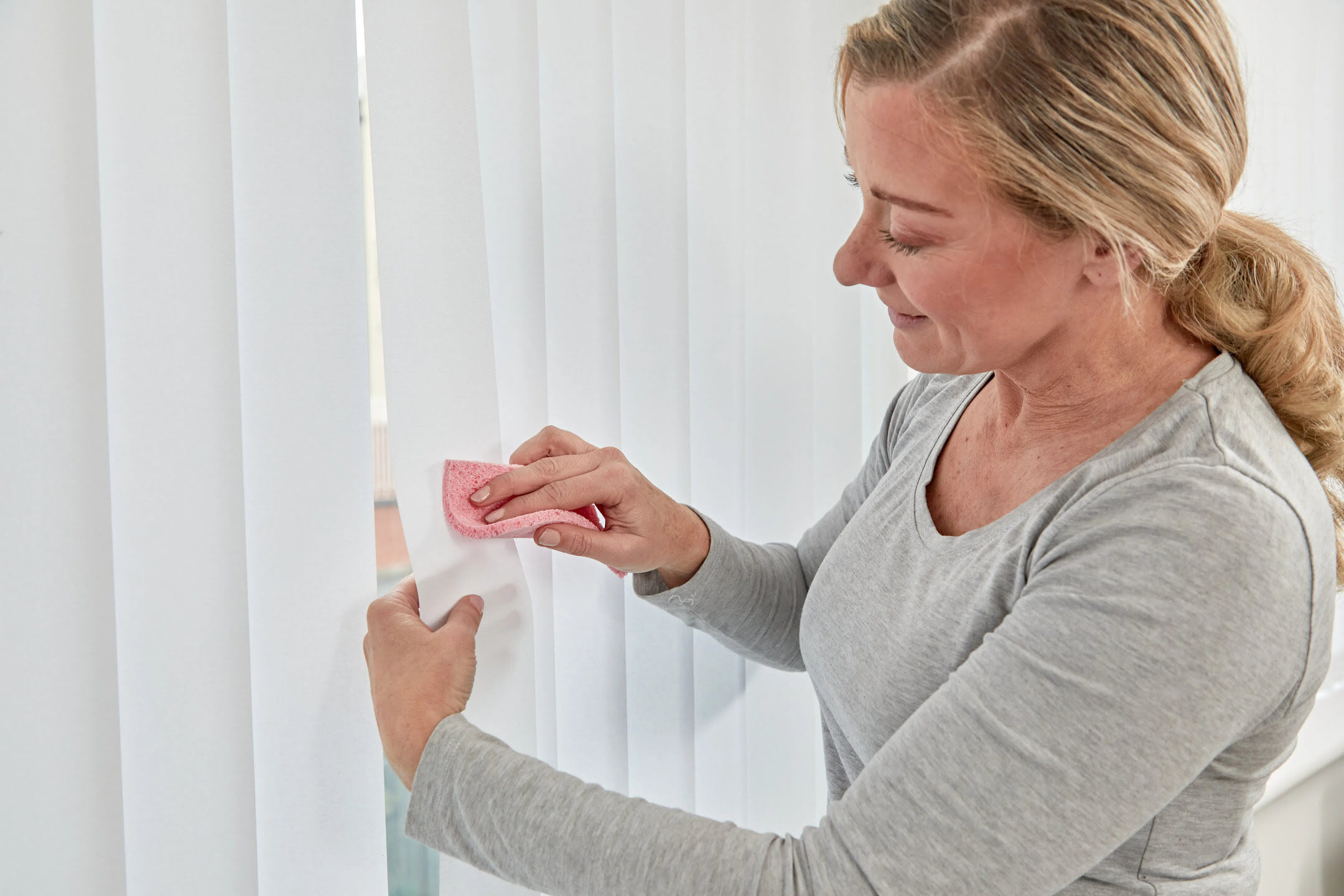
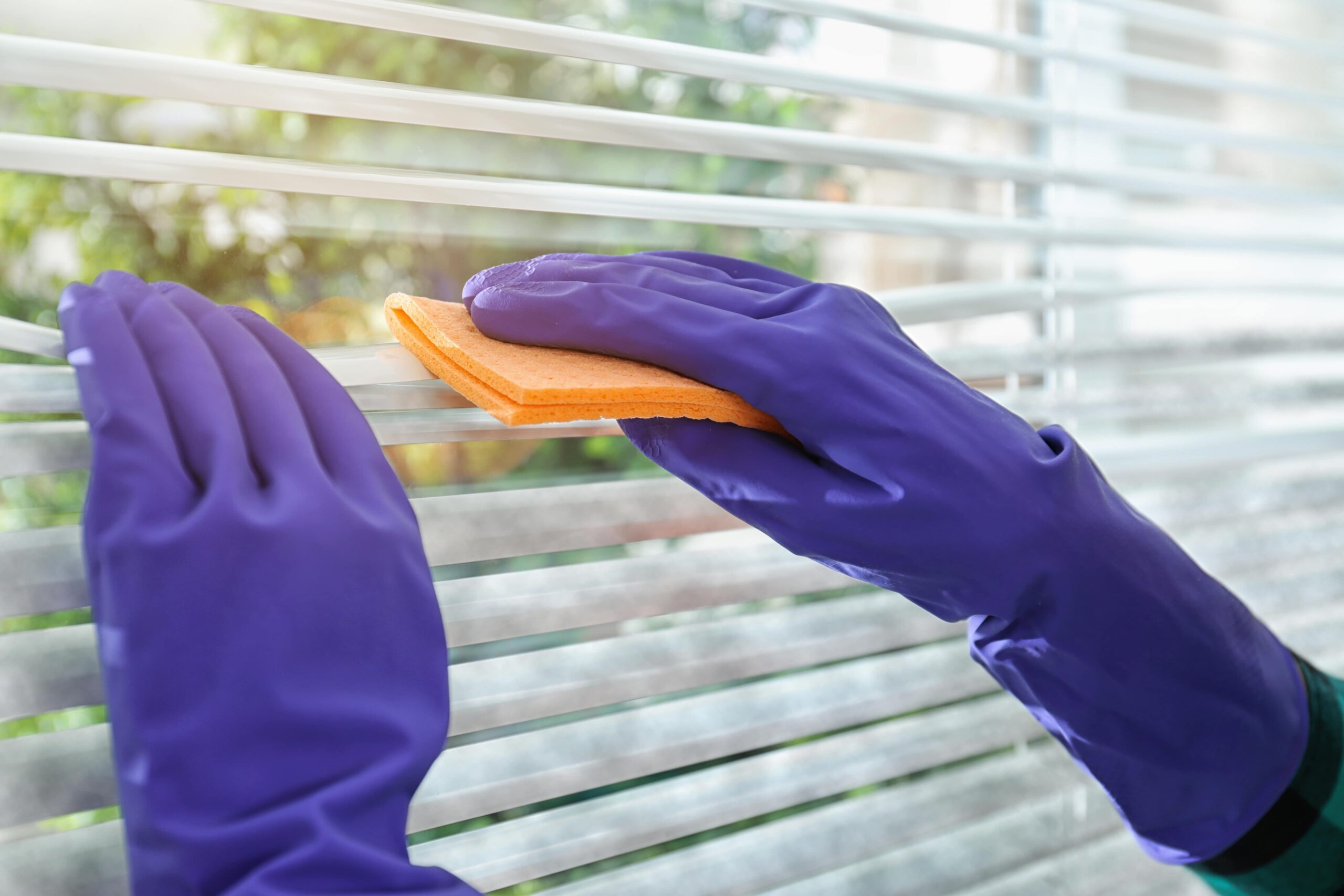
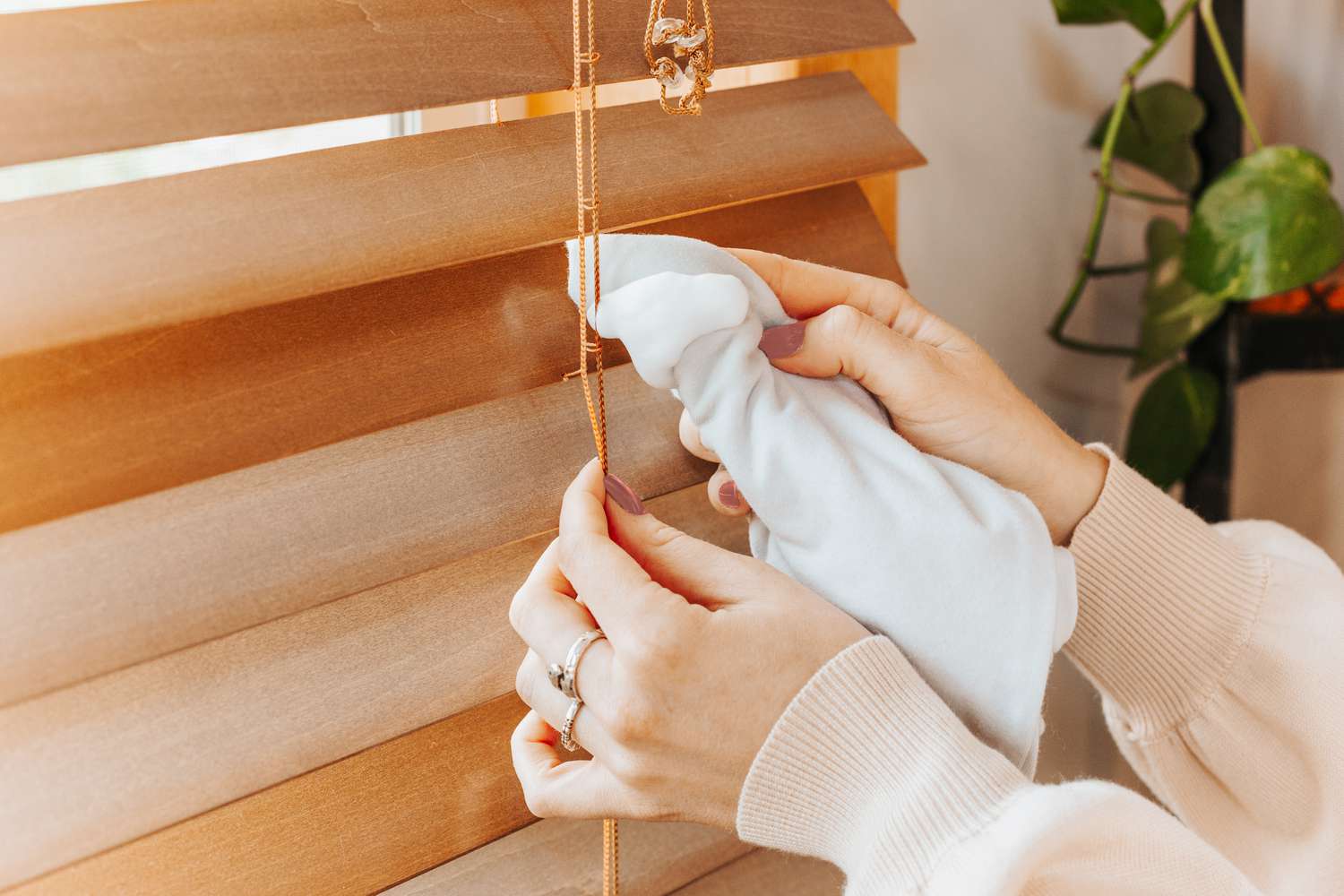
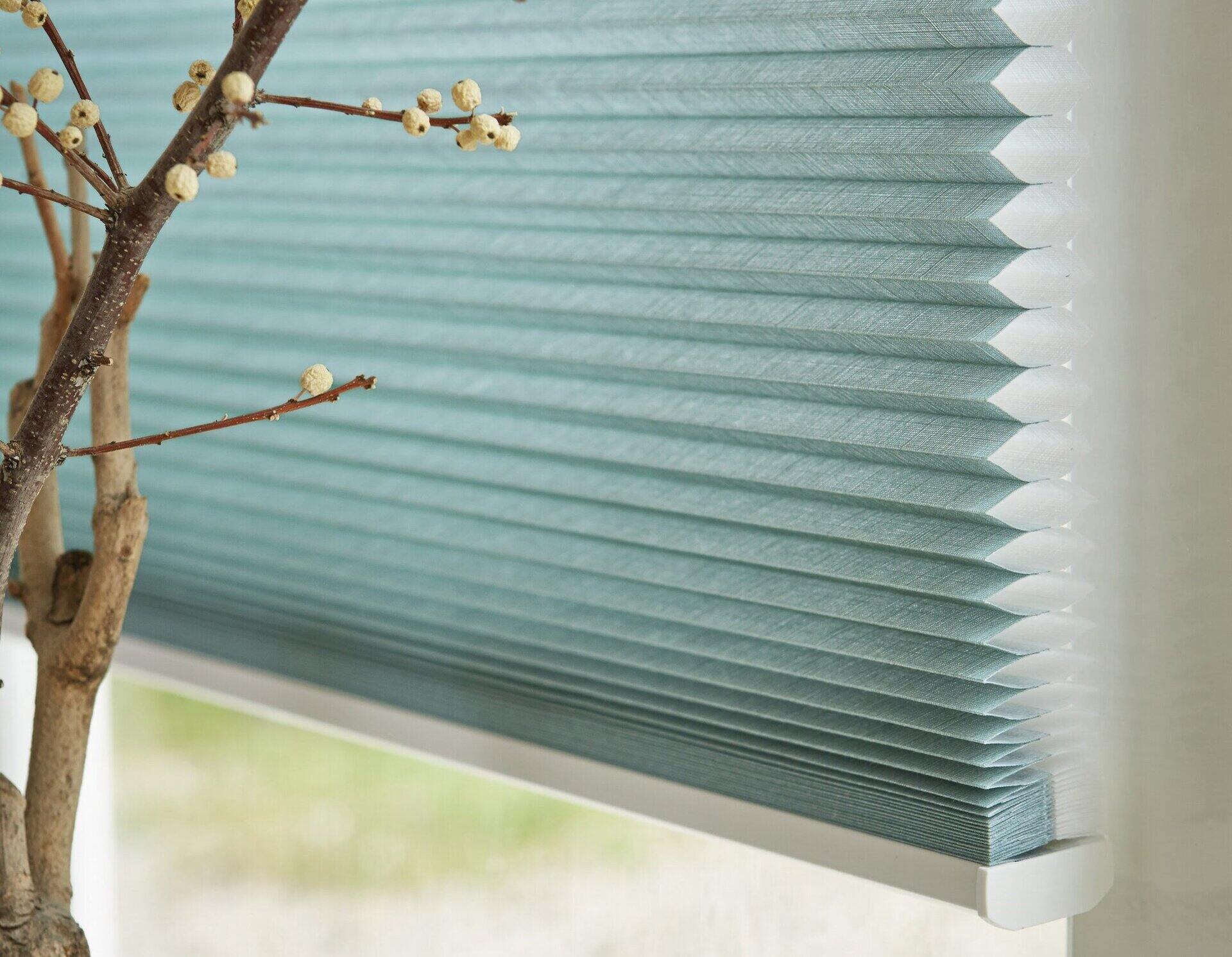

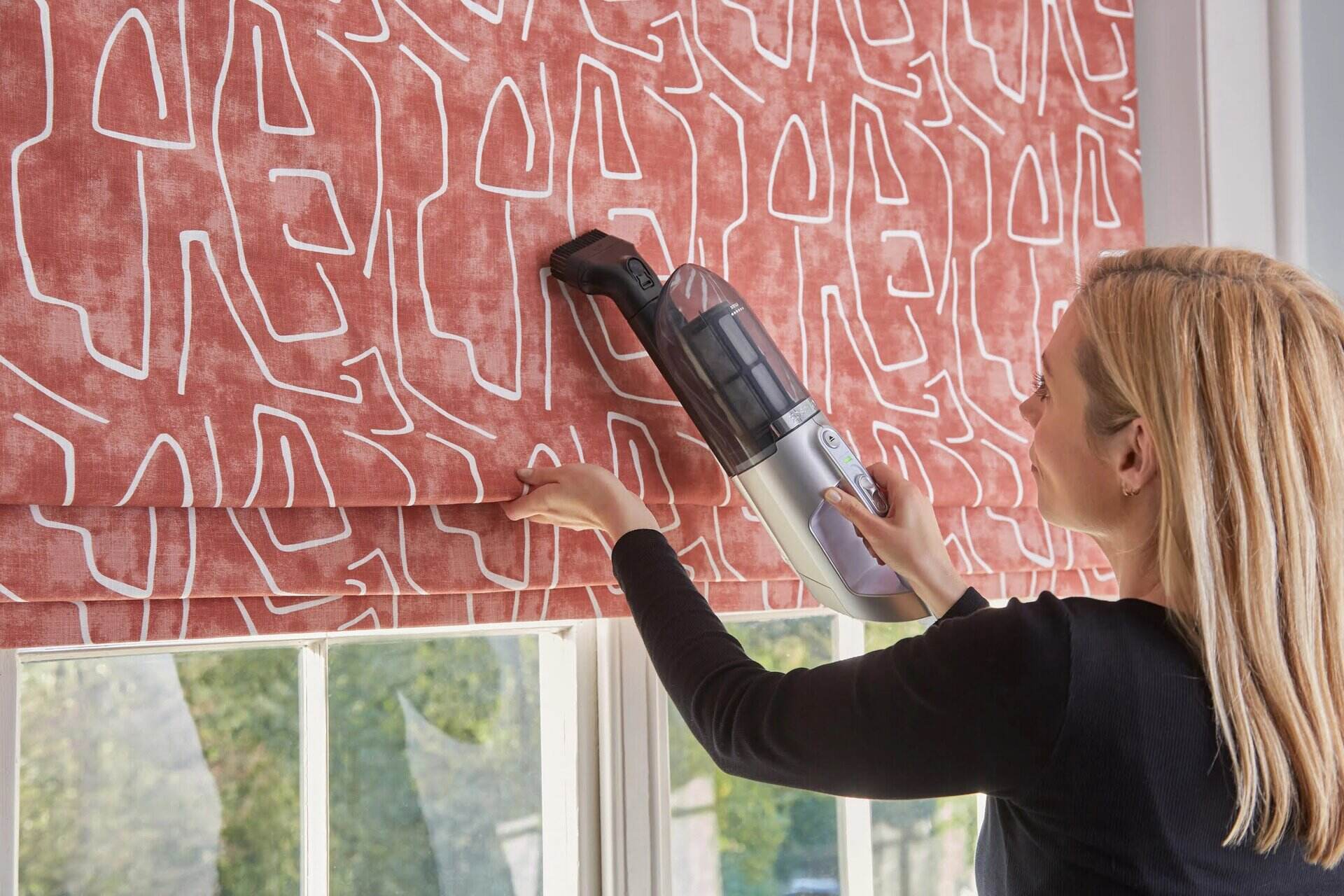
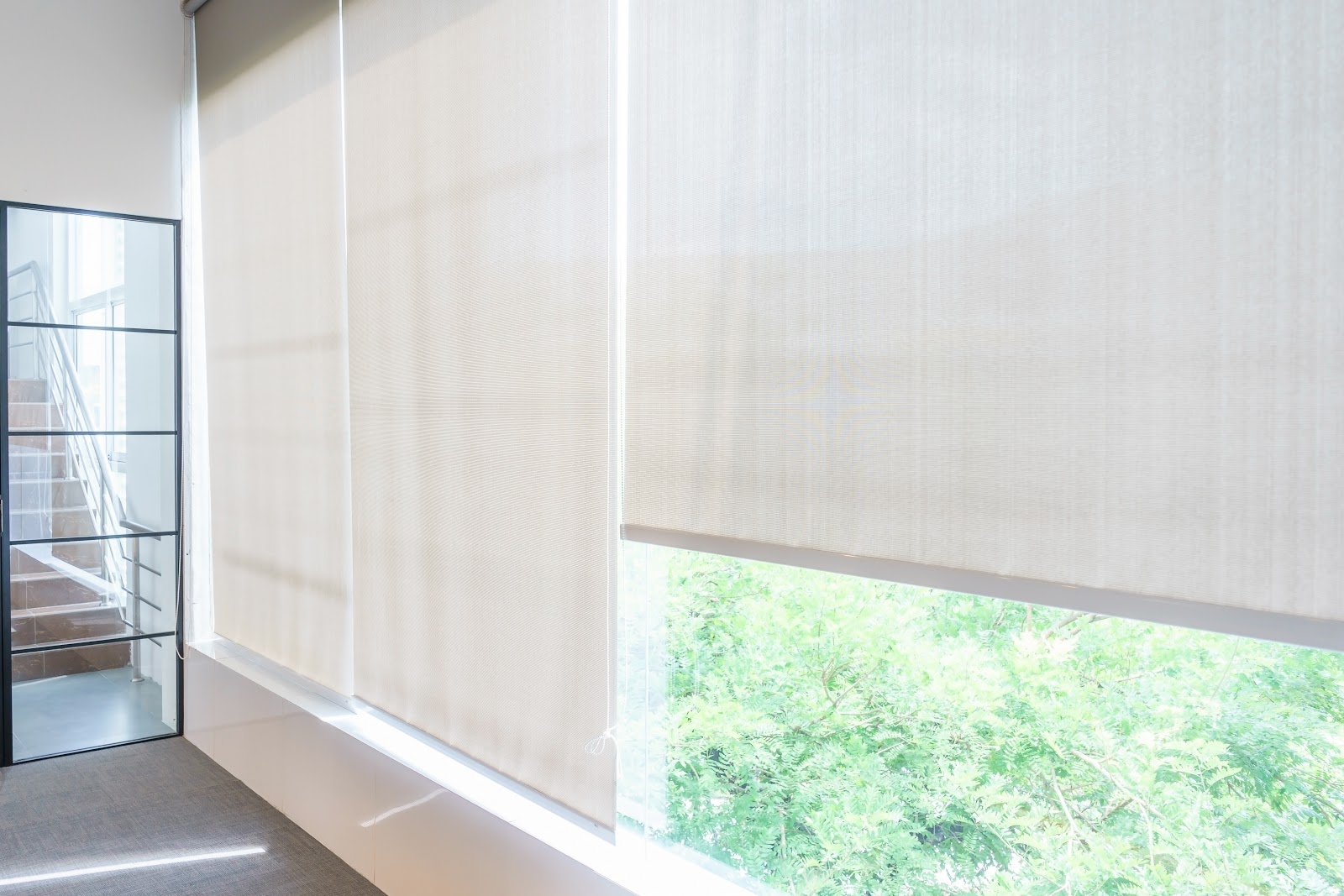
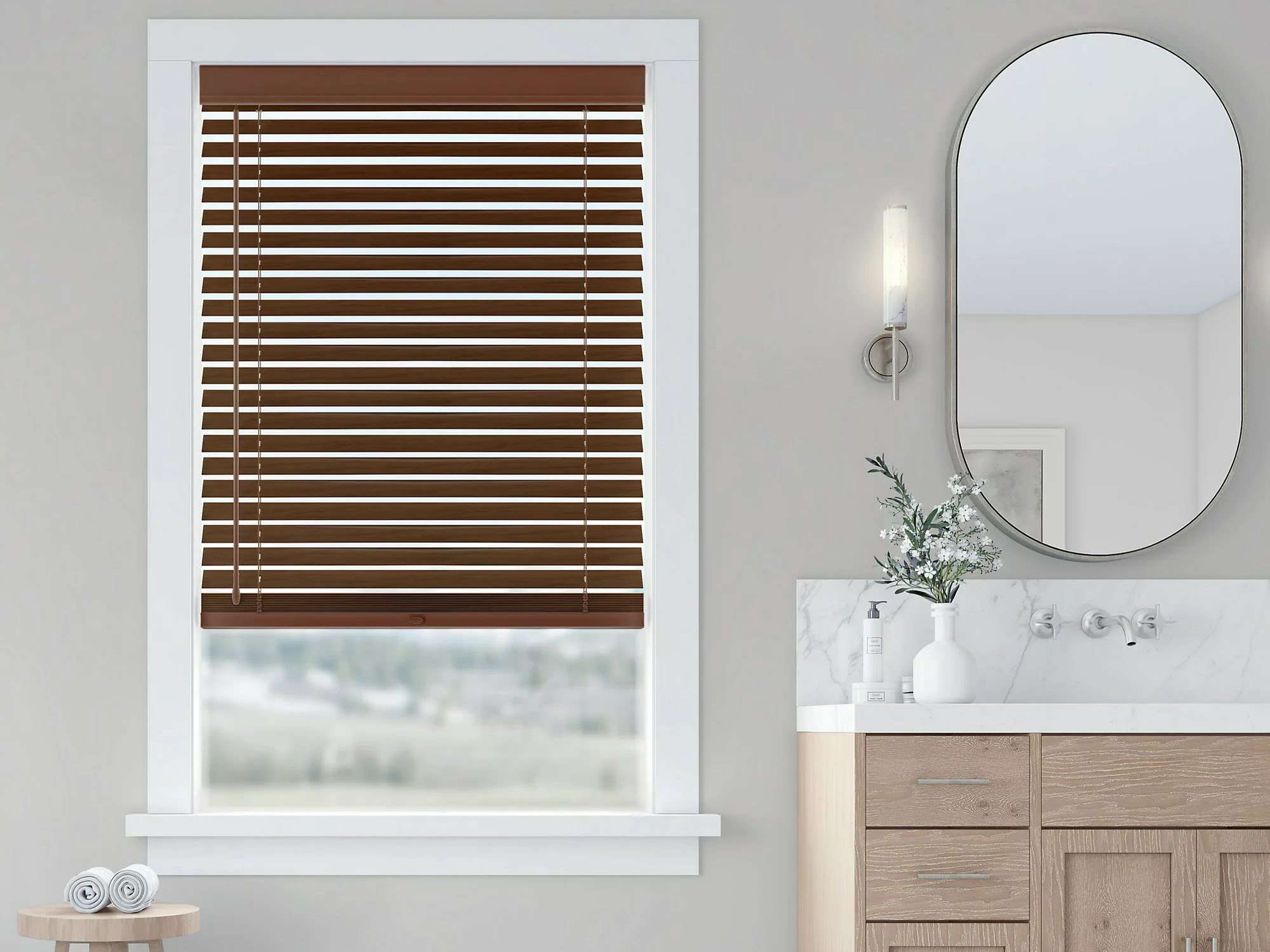
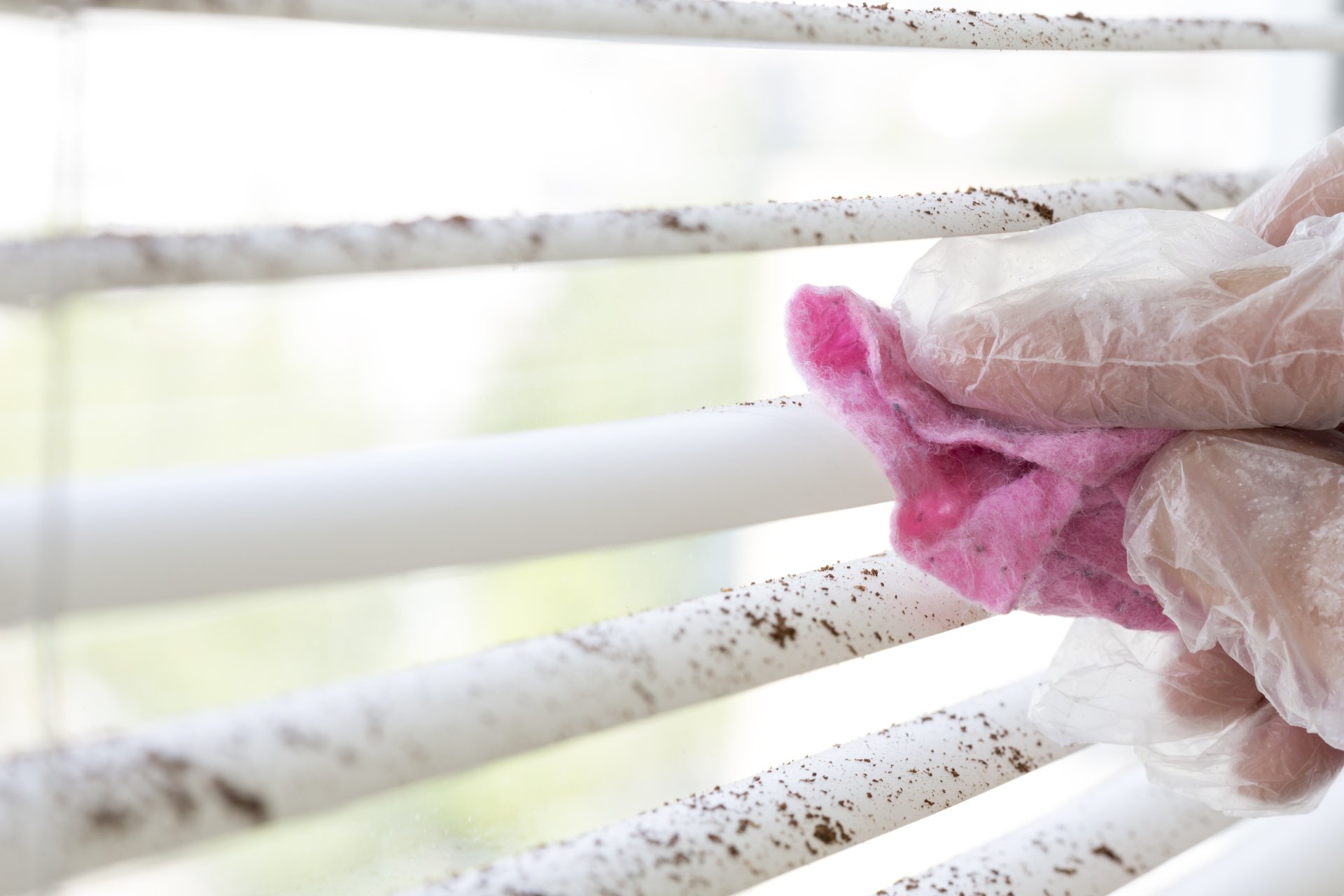
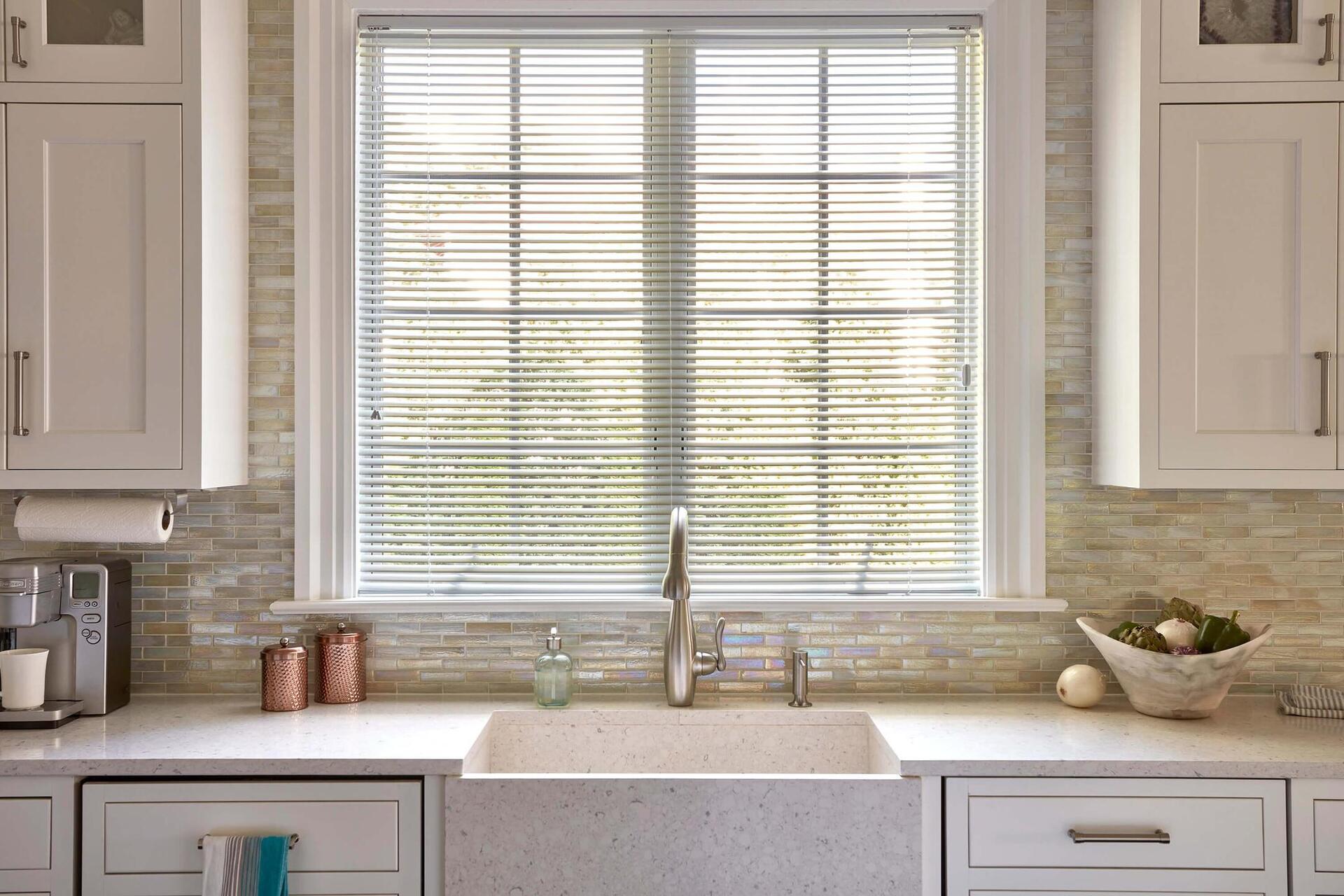

0 thoughts on “How To Clean Greasy Blinds”